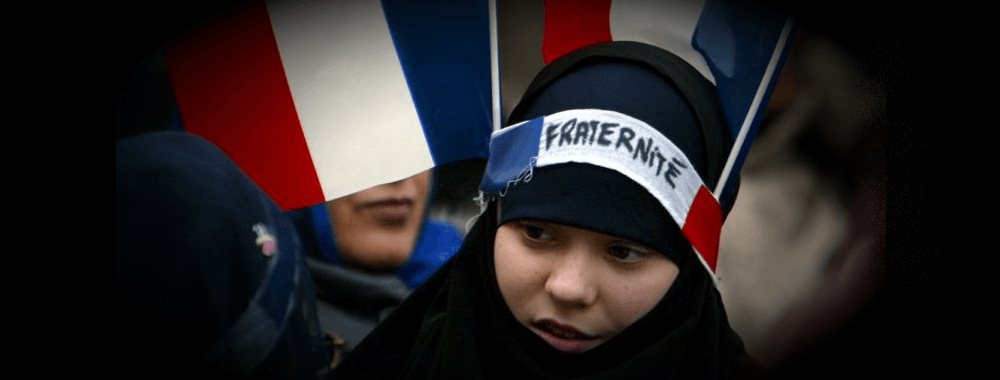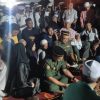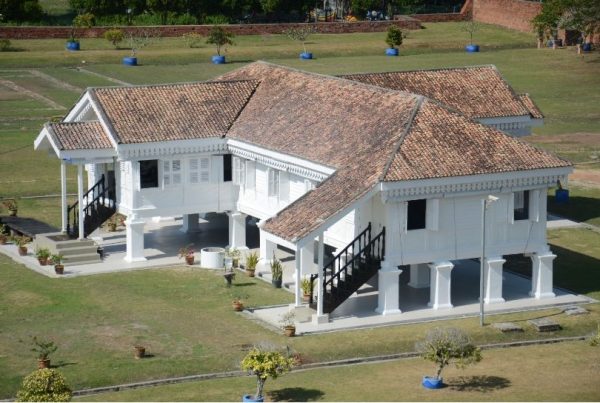
DONALD Trump defends his immigration ban by saying “this is not about religion” as thousands protest around the United States late last month and as this piece is written. We are seeing the third phase in recent modern history of the discourse on covering Islam — the first almost 40 years ago was the reportage of the Iranian Revolution, and the second, al-Qaeda, terrorism and extremism and Daesh militancy, beginning with 9/11 in 2001. The third — discriminating Muslims and Muslim nations. The misrepresentation continues.
From the late 1970s, “it is not about religion”. It was about Islam and the West. It echoes Covering Islam: How the media and the experts determine how we see the rest of the world — to borrow the full title of Palestinian scholar Edward W. Said’s 1981 book. We are seeing the third phase of how the media and the experts determine how we see the rest of the world.
After years of discourse on the distortion of Islam by the media, the media in Muslim countries have been docile, in not being able to come to terms with the vocabulary and the semantics of resistance. In understanding the problems and prospects of reporting religion, the media must first of all come to terms with the idea of news as a category in the conceptual and popular sense.
To scholars of the news, a news story is a self-contained “reality” of an event produced by the conventions of journalism. This leads us to the thinking on how the nature of news defines reality; and how that nature reflects reality.
News constructs and deconstructs reality — the entity that governs and is governed by modern day life.
But, how is religion reported if that paradigm that we call news, remains a product of modernity, unchanged as a remnant of the Industrial Revolution, premised upon the secular nature of cultural and political life, as defined by the European Enlightenment?
Modern journalism is a product of industrialisation and mass production and consumption; and consumed through methods of narrating procedures and canons developed not only to satisfy the demands of the vocation, but of the industry and the global market.
The techniques of journalism define what is considered to be real, what can be written about and how it can be understood. The techniques of journalism determine what society can, should and must think.
And therefore, if something happens that cannot be packaged by a formula dominated by the news genre, then, in a fundamental sense, an event, or a process, has never happened. The reason being that events and processes that do not fall into the news net cannot be framed as news — hence becoming non-events.
What we have seen over almost 40 years in the coverage of Islam is the pandering to the exception, and to be timely. News on Islam, like other news, is perishable, therefore ritually reproduced and routinised.
It is also saleable, superficial and simple. It masquerades itself as objective — purportedly separating facts from values. And the third phase of the global discourse on Islam sees those properties continuing as the order of the day.
The root problem in the reportage of Islam as a religion is historical and epistemological, and that feeds on the political dimension. We are guilty of producing and reproducing Islam and Islamic civilisation from the prism of the Other. Muslim journalists are themselves captives of the news paradigm in the coverage of their society, of other religions and of Islam. The Islam that floods our news and popular daily diet appears in the formula we consume to be correct. And ironically, we too reproduce the “orientalist” thinking of the “news of religion”, of Islam.
Conservative American views of Islam and Islamic civilisation will be mediated even more. We will keep encountering the religion and civilisation of Islam produced (or reduced?) by the media “politically, sociologically, militarily, ideologically, scientifically and imaginatively during the post-enlightenment era”, citing Said’s Orientalism (1979:p.3). These have implications for the lives of contemporary and ordinary Muslims and the rest of the world. This time around, “migrating” Muslims contribute to current stereotypes about Islam. The “Islamic presence” in many ways is through both print and broadcast news media, documentaries, the Internet, fiction, fashion, advertisements, tourism and architecture.
Reconstructions of Muslims as “the new Europeans” would resonate with journalistic and media discourse, creating tensions as to the erstwhile image of a monolithic and homogenous entity on both sides of the divide.
The canon that the exception proves the rule still rules the world. Hence, Islam as reported by the media has been measured against the criteria of timeliness, currency, novelty and the “nowness” in relation to the geographical.
The media tends to adopt the prevailing Western terminology when it talks about Islam, and the problems of extremism and terrorism. These terms are not originally used by Muslims. But such views have a long history. For more than a thousand years, Islam as a religion has been reviled within sections of European scholarship and popular literature. Islam continues to be news of a particular unpleasant sort. Prejudices in the media, the government, the geopolitical strategists and — although they are marginal to the culture at large — the academic experts on Islam are all in concert: Islam is a threat to Western civilisation. Now, this is by no means the same as saying that only derogatory or racist caricatures of Islam are to be found in the West.
Negative images of Islam are very much more prevalent than any others, and that such images correspond, not to what Islam “is” — a composite structure concocted by prominent sectors in national and global society.
Stereotypes of Islam and Muslims have a history deeply embedded in the psyche and the self-images of Euro-American societies, certainly of White, middle, industrial America. The vision of the world has drastically been transformed when “Islamophobia has succeeded anti-Semitism as a form of acceptable racial and religious prejudice”.
The current relearning of the prejudice makes Islam and Muslims more present and more prevalent than others, although “this is not about religion”.
Datuk Dr A. Murad Merican is a professor with the Centre for Policy Research and International Studies (CenPRIS), Universiti Sains Malaysia.








